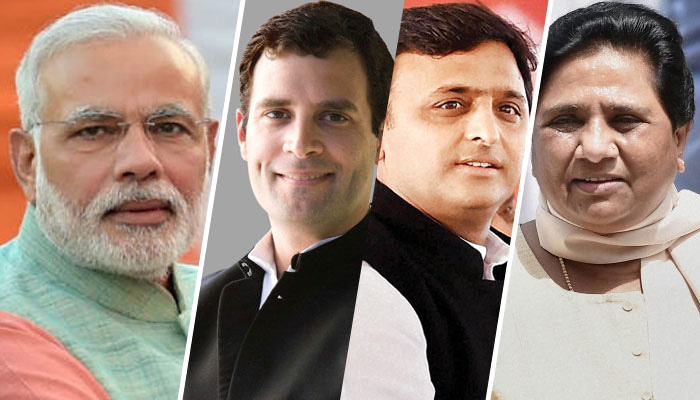India has been experiencing a positive developments in the democratic culture since last few years. Advent of digital platforms like Facebook, Twitter and others have also empowered people to voice their political opinion directly in public domains. Indian traditional politics, which was highly focused on social engineering has shifted, not completely but significantly, in the direction where voters are rising above caste barriers and voting based on aspirations coupled with performance of the government. The culture of appeasement can also be seen wearing out and the voting patterns have shifted in the direction of well thought out development schemes. The importance and focus laid on party manifestoes is one of the biggest examples of this shift. Not only national parties’, but even small regional parties’ manifestoes are being analysed as an important part of the build up to elections.
Parties bringing out manifestoes is not a new phenomenon. Manifestoes have always been an integral part historically. However, only recent trends indicate towards increasing importance of well thought and carefully calculated manifestoes being deployed to garner electoral steam. Even in the recent past of general elections in India, only the highlights of manifestoes were discussed, like for example the infamous Communal Violence Bill which featured the 2014 Congress manifesto was only a part of the extensive manifesto but got asymmetric attention, same was the case with the BJP’s manifesto. However, with rapid change in voter dynamics and increased awareness, manifestoes are being scrutinised to the last detail, which is surely a very positive sign for our democracy in India.
Most Regional parties, which always kept the manifestoes on the back seat, are now realigning their efforts to produce a credible manifesto to challenge their opponents. Recent manifesto released by Samajwadi Party in Uttar Pradesh, which proposed to introduce an Ahir regiment in defence forces, is a good example of this development.
Social media has also contributed vastly in bringing this shift, with the ability to send and receive information throughout the nation with a click of a button. The manifestoes in forms of commentaries, screenshots and others are floating in huge numbers and therefore maximum number of people are now able to be aware to the promises of these leaders and parties. With social media also facilitating discussions, a critical system of checks and balances for the parties following their manifestoes after elections gets created. With people discussing promises made by the parties on a larger scale, they are also bound to question their implementation after a party assumes executive powers.
With VVPAT machines and numerous voter awareness drives , voters are more aware and empowered. With the use of social media, voters are free to voice their opinions openly without any middleman claiming to be their representative. Moreover manifestoes getting their fair share of debate, discussions and deliberations is a positive step ahead in the Indian democratic system however we are still far from seeing parties making practical and instrumental promises instead of appeasing and non-executable electoral pledges.
